Web Energy Logger
- - What is the WEL?
- - How does it work?
- - Purchase Online
- - User Map / Info.
- - OurCoolHouse
Tech Support
WEL Logging (Users)
WEL Display (Users)
Purchase Web Energy Logger components on-line
End of Life (EOL) notice.
It's hapenned! The main processor for the WEL (the RCM3700) has been discontinued and is no longer available. My stock of WEL's had been drawn down to zero, so I can no longer supply new units. I still have other items available for repairs or expansions, but not for new systems.
It's been a great run that's lasted 20 years. I've worked with some really clever people who have used the WEL to do some pretty cool stuff.
Since I still have an OEM version of the WEL that I support for a comercial customer, www.WELserver.com will stay active for many more years. This means that existing WEL systems will continue to log and display data as always. Plus, I'll still be available to answer questions.
Thanks for your understanding.
Phil.
Note: The software tools that I used to develop the original WEL were quite unique and I haven't been able to find a good replacement to work with a newer processor. One of the things that made the WEL so unique was it's flexibility and configurability. This is exactly what makes it hard to replicate without completely rewriting the software. I continue to look for an alternate software approach, but so far I haven't found a short-term solution that I'm capable of implementing.
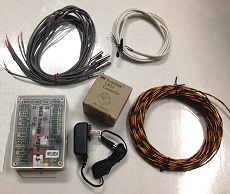 |
WEL Starter Kit Enc. (p/n WEL-SK-ENC) This is for someone who wants a turn-key monitoring system. This includes the latest WEL 4.5 Processor (WEL) in a transparent enclosure with a high-efficiency plug-in power supply (WEL-PWR). It also includes 10 Temperature Sensors, 40 feet of 24AWG twisted triad wire (BUS40-24AWG) suitable for the 1-Wire bus, plus 25 inline-crimps Each of these components are describe below with any associated documentation. You can also choose from 6 different combinations of Epoxy Potted (TSENSE-POT), or 1" Stainless Steel (TSENSE-SS1-1M) temperature probes. The potted sensors are great for measuring air temperatures, and the Steel ones are easy to strap to pipes for measuring water temperature. Discontinued |
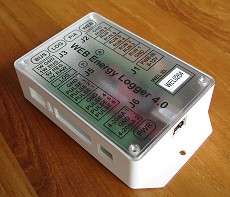 |
The bare minimum WEL purchase is just the WEL 4.5 Processor mounted in a custom transparent enclosure (same as the one used in the starter kit). You don't need to purchase anything else from me. I'll show you exactly what else you need to build your system, from wiring, to temperature sensors and Watt meters. The WEL will come fully programmed and ready to post data. Download the User Guide Discontinued |
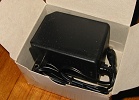 |
Price: $11 each (+ tax in MD) |
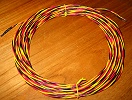 |
In addition to the standard black and yellow bus wires, a red wire is also included for future expansion, to provide the power that some sensors require. Price: $22 each (+ tax in MD) |
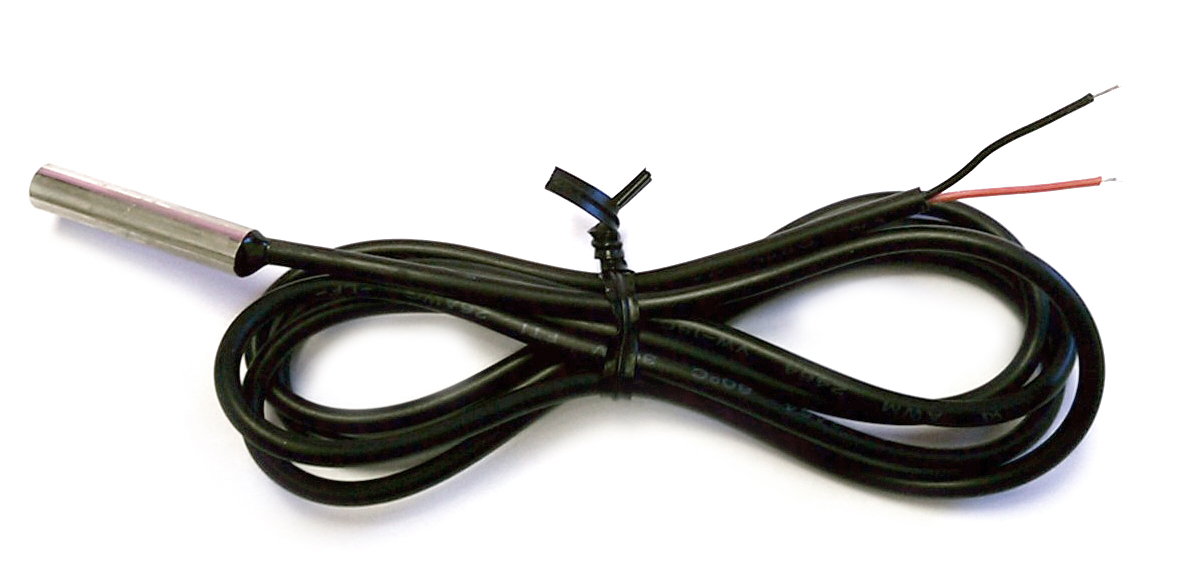 |
Note: The wire colors for this device are NOT-Logical. Red is Gnd, and Black is the 1-Wire Bus. Wiring Tips Price: $12 each (+ tax in MD) |
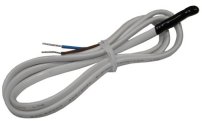 |
Price: $12 each (+ tax in MD) |
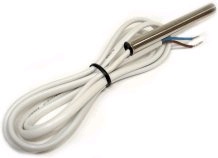 |
Price: $16 each (+ tax in MD) |
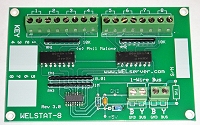 |
All 8 Thermostat inputs are optically isolated from the 1-wire bus, and each other. The WEL will register a '1' state when 12-24 vac is present across a pair of input screw terminals. Each input draws only 1mA from the 24 vac signal line it is monitoring. This board does NOT generate the 24 vac, it simply monitors an existing control signal. An input might be connected across the C and W1 lines of a HVAC unit's controller board to detect a Low Heat call. Installation can be tricky, so read the User Guide, for more details.
Price: $95, or $85 without the box. See pull down
list above. Make your selection before adding to cart. (+ tax in MD) |
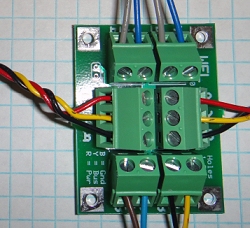 |
This small module makes it easy to create a star hub next to your WEL.
Putting lots of solid wires into a single screw terminal isn't the best wiring practice, so instead, you can use this hub to tie several wire runs together.
It has 6 terminal blocks that are all just wired together. Two 3-wire and four 2-wire terminal blocks make it easy to form a hub, or attach in a group of sensors.
Each terminal is labeled with my standard wire color code: Black (Gnd), Yellow (Bus), Red (Pwr), and there are 4 mounting holes if you want to attach it to the wall.
Using a hub like this also makes it easy to disconnect a bus run for testing, or for upgrades. (Click pic for expanded view).
Note: Since this is just a passive wiring hub, you still shouldn't use it to add a long branch to an existing bus run.
Splitting a long bus run part way down it's length can degrade the signal sufficianty to cause sensor reading problems.
Always have the center of a network star located right at the WEL, and keep any branches off a long run as short as possible.
|
|
|
| Phil Malone | aka: Mr. OurCoolHouse.com | |
| Phone: | 301 501-7424 | (9:00am to 9:00pm Eastern Time) |
| Email: | phil.malone(at)Mr-Phil.com | ...Replace (at) with @ |
| US Mail: | PO Box 501 Mc Henry, MD, 21541 |
|
| Shipping: | 124 Cherry Heights Lane Mc Henry, MD, 21541 |